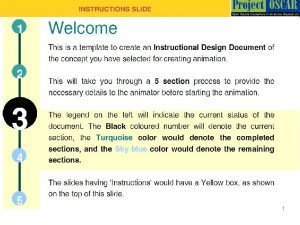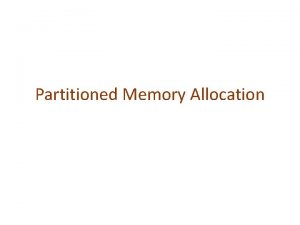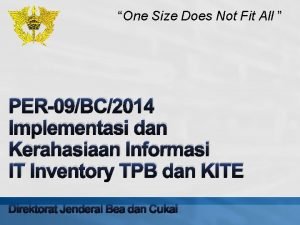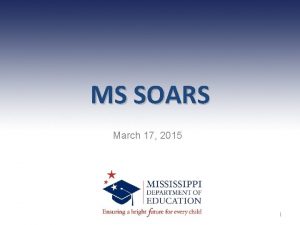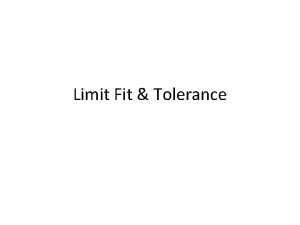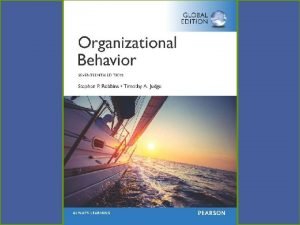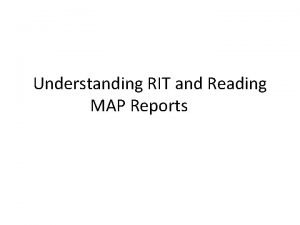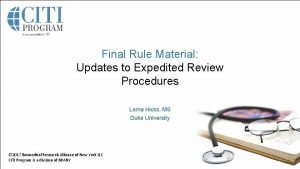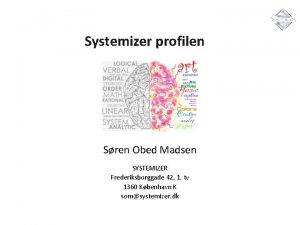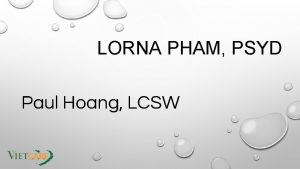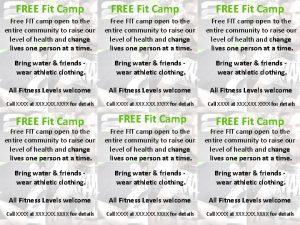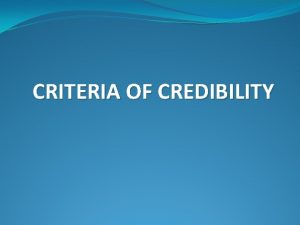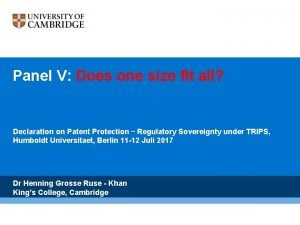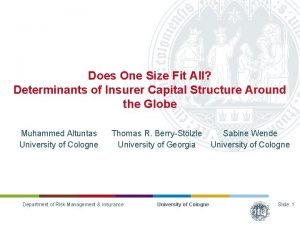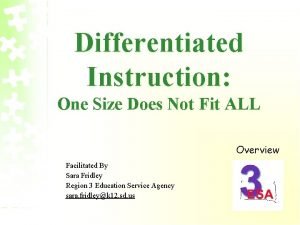CRITERIA CAN ONE SIZE FIT ALL 03102020 Lorna
















- Slides: 16

CRITERIA CAN ONE SIZE FIT ALL? 03/10/2020 Lorna Fleming; Kerry Tavakoli; February 2015 1

CAN ONE SIZE FIT ALL? • A simple ‘yes’/’no’ question • Yet not so simple, because we cannot agree on the size 03/10/2020 Lorna Fleming; Kerry Tavakoli; February 2015 2

THE ROOT OF THE PROBLEM • • Virtually impossible to pinpoint the root of the problem; A work in progress; Somewhat inconclusive survey; Thus the focus is now on working towards a solution which might address many of the issues causing the variety of ‘preferred’ criteria. • There are now a lot of questions to address! 03/10/2020 Lorna Fleming; Kerry Tavakoli; February 2015 3

What are they for? What aspects are they concerned with? Who are they for? How do they fit together? Criteria 03/10/2020 Lorna Fleming; Kerry Tavakoli; February 2015 4

WHO ARE THEY FOR? • The student needs to have an understanding of what is required; this can be gained from clear criteria and a clear rubric. • The teacher needs them to justify a grade. • But …… 03/10/2020 Lorna Fleming; Kerry Tavakoli; February 2015 5

QUESTIONS • Do the students understand the criteria? • Do the teachers explain them and show they relate to different tasks? • Do EAP teachers have an obligation to explain and model to a greater extent than university lecturers? • Does the way in which the teacher uses the criteria facilitate autonomous learning? 03/10/2020 Lorna Fleming; Kerry Tavakoli; February 2015 6

WHAT ARE THEY FOR? • Evaluation of a piece of work? • Justification of a grade? • Ensuring consistency? • Feedback? 03/10/2020 Lorna Fleming; Kerry Tavakoli; February 2015 7

QUESTIONS • If teachers are using the criteria for different purposes, or see the purposes as different, are they useful? • Is it alright to view them and use them in different ways, and if so, what impact does this have on the students? (This is particularly relevant where teachers use criteria as a means of giving ‘feedback’) • Is ‘use of sources’ a criterion per se, or is it one aspect of task response? 03/10/2020 Lorna Fleming; Kerry Tavakoli; February 2015 8

FEEDBACK • What sort of feedback can highlighted criteria provide for students? • If two students have the same points highlighted, does that mean they have exactly the same problems? • How can students understand where they have weaknesses, which individual problems they have – e. g. use of sources/task response, grammar. 03/10/2020 Lorna Fleming; Kerry Tavakoli; February 2015 9

WHAT ASPECTS ARE THEY CONCERNED WITH? • Grammar and syntax • Structure • Content • Task response 03/10/2020 Lorna Fleming; Kerry Tavakoli; February 2015 10

QUESTIONS • How measurable are some of these? • Are critical thinking and autonomy included? • Are they applicable to both written and oral discourse? 03/10/2020 Lorna Fleming; Kerry Tavakoli; February 2015 11

ONE ASSESSMENT, ONE SET OF CRITERIA? • Can written and oral tasks be assessed using the same criteria? • What is different between the two (in EAP)? • Does every written task require a discrete set of criteria (essay, report, critical review etc. )? • Is there a core that is common to all assessments? 03/10/2020 Lorna Fleming; Kerry Tavakoli; February 2015 12

TASK RESPONSE? • What can this include? • • • Addressing the question Critical thinking Ability to work with content Appropriate to the mode – written or spoken Register Genre 03/10/2020 Lorna Fleming; Kerry Tavakoli; February 2015 13

THE VARIABLE COMPONENT • Are grammar, syntax, structure and lexis the same for all assessments? • If so, can all the task-specific variables be added to task response? • Can ‘task response’ be the criterion which changes according to the task itself, the stage of the course and the mode? 03/10/2020 Lorna Fleming; Kerry Tavakoli; February 2015 14

A NEW MODEL? LANGUAGE Grammar/syntax Vocabulary & expression Style/register CONTENT Focus/approach Use of sources Voice 03/10/2020 STRUCTURE Overall Paragraphs/section s Cohesion TASK RESPONSE “ideals” CRITERI A Lorna Fleming; Kerry Tavakoli; February 2015 15

TASK RESPONSE • Definition/purpose: a set of key aims for a particular task • Use: the core (i. e. content + language + structure) remains the same; task response amended for a particular task • Rationale: can be amended for different tasks and for different stages of the programme • Aim: can be used as the basis of feedback (“back” & “forward”) in conjunction with extended comments 03/10/2020 Lorna Fleming; Kerry Tavakoli; February 2015 16
 Memory allocation policy
Memory allocation policy First fit allocation
First fit allocation Elt supervision
Elt supervision One size does not fit all
One size does not fit all One size does not fit all in education
One size does not fit all in education For with one not fit all
For with one not fit all What is shaft basis system
What is shaft basis system Person-job fit and person-organization fit
Person-job fit and person-organization fit Rit uid
Rit uid Name a point that is collinear with the given points
Name a point that is collinear with the given points Lorna hicks duke
Lorna hicks duke Lorna wing triada
Lorna wing triada Lorna aitken
Lorna aitken Finance business partnering definition
Finance business partnering definition Frederiksborggade 42
Frederiksborggade 42 Lorna pham
Lorna pham Lorna jean edmonds
Lorna jean edmonds
